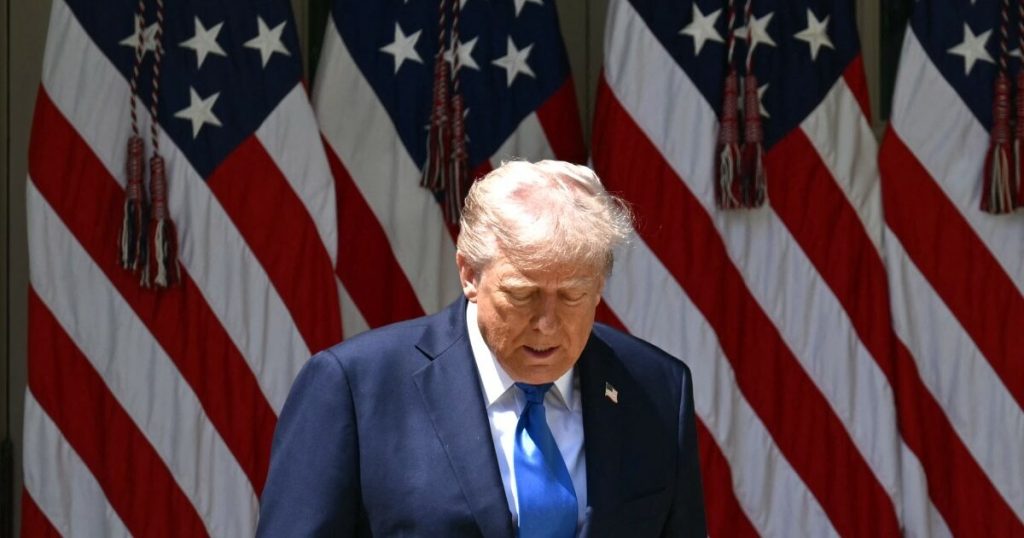President Donald Trump’s announcement of an executive order to drastically reduce prescription drug prices, by 30% to 80%, sent shockwaves through the pharmaceutical industry and political landscape. This bold declaration, touted as one of the most consequential executive orders in US history, aimed to address the long-standing issue of exorbitant drug costs in the United States, where prices are often significantly higher than in other developed nations. The proposed mechanism for achieving these reductions was a “most favored nation” policy, pegging US drug prices to the lowest prices paid globally. This approach, while potentially impactful, immediately raised questions about its feasibility and legality, foreshadowing a likely fierce pushback from the pharmaceutical industry and potential legal challenges.
The core of the problem lies in the US healthcare system’s lack of centralized drug price regulation. Unlike many other developed countries where governments play a significant role in negotiating and regulating drug prices, the US system grants pharmaceutical companies considerable autonomy in setting prices. This free-market approach, while intended to foster innovation, has led to a situation where drug manufacturers wield substantial power in determining costs, often resulting in prices that are unaffordable for many Americans. This dynamic has fueled a persistent debate about the balance between incentivizing pharmaceutical innovation and ensuring access to affordable medications.
Trump’s proposed solution, referencing the “most favored nation” principle, represents a radical departure from the current system. This policy would effectively link US drug prices to the lowest prices paid by any other country in the world. While seemingly straightforward, the implementation of such a policy poses significant challenges. Determining the “lowest price” can be complex, given variations in healthcare systems, drug formularies, and rebate agreements across different countries. Furthermore, compelling pharmaceutical companies to accept these lower prices could raise legal and constitutional concerns, potentially triggering lengthy legal battles.
This was not Trump’s first attempt to tackle soaring drug prices. During his initial term, he proposed a plan to offer discounted insulin and EpiPens to low-income individuals and leverage lower international prices to negotiate Medicare drug costs. However, that initiative faced stiff opposition, both legal and political, and ultimately failed to gain traction. The reemergence of drug pricing as a central issue in Trump’s agenda underscores the persistent and politically charged nature of this healthcare challenge.
The announcement comes against a backdrop of ongoing political wrangling over healthcare policy. Trump’s claim that Democrats opposed lowering drug prices contrasts with the fact that drug pricing reform was a significant focus of his Democratic predecessor, Joe Biden. In 2022, Biden signed a landmark legislative package empowering Medicare to negotiate prices for certain medications, a measure hailed as a significant step toward controlling drug costs. This contrasting narrative highlights the ongoing partisan divide on healthcare reform, with both sides claiming the mantle of championing lower drug prices for American consumers.
The potential impact of Trump’s proposed executive order remains uncertain. Its successful implementation hinges on navigating a complex web of legal, political, and economic considerations. The pharmaceutical industry, with its vested interest in maintaining high profit margins, is likely to mount a vigorous defense of the status quo. Legal challenges are almost inevitable, potentially tying up the order in court for an extended period. The ultimate outcome will significantly influence the future of drug pricing in the United States, potentially reshaping the pharmaceutical landscape and impacting the affordability of essential medications for millions of Americans. The unfolding developments will be closely scrutinized by patients, healthcare providers, pharmaceutical companies, and policymakers alike, all grappling with the complex challenge of balancing innovation and affordability in the US healthcare system.


